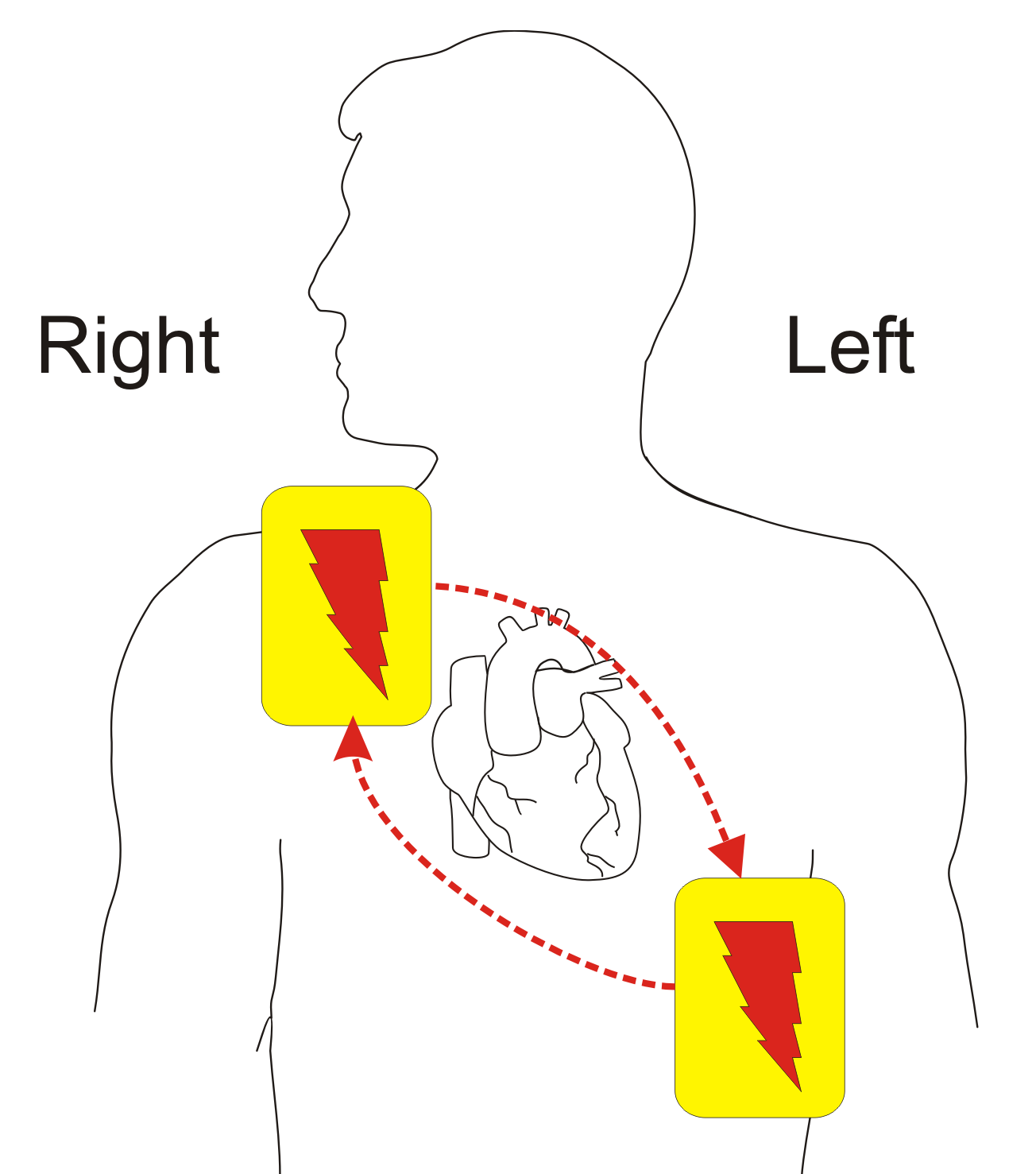AED Guidelines (Procedure)
When should an AED be used?
CPR is a very important action for saving a patient’s life. However, an AED is crucial towards regaining the natural rhythm of the heartbeat as well as restarting the patient’s heart. After performing CPR and if the patient is still non-responsive an AED unit should be used. If the AED does not bring the patient back to consciousness, CPR should be re-administered. It’s crucial to call 911 or any Emergency Medical Service (EMS) before performing CPR or using an AED.
How to use an AED
Turn on the AED. Usually there will be an “on” button. In some cases there might be a lever. Remove all clothing from the arms, chest and abdomen whether male or female. Attach pads to bare skin on the chest. Use the appropriate system for children or adults. Place the left pad under the left armpit to the left of the nipple. Place the right pad under the collarbone on the right side of the chest. Put the pads at least one inch away from any implanted devices.
AED for Infants
If the pads are able to touch, place one pad directly on the back of the infant.
Next, connect AED wiring
Analyze the patient’s heart rhythm. DO NOT touch the patient during the defibrillator process. If the AED does not begin analyzing automatically, press the analyze button. Push the shock button if and when advised to do so. Clean the patient and area of any debris, significant amounts of water, etc., before using an AED.
Newer AED’s only shock once. Some models do shock up to three times. If the patient is shocked but doesn’t regain a pulse immediately, perform CPR for 2 minutes.
It's important to note: Before using an AED, physician or medical training is recommended.





